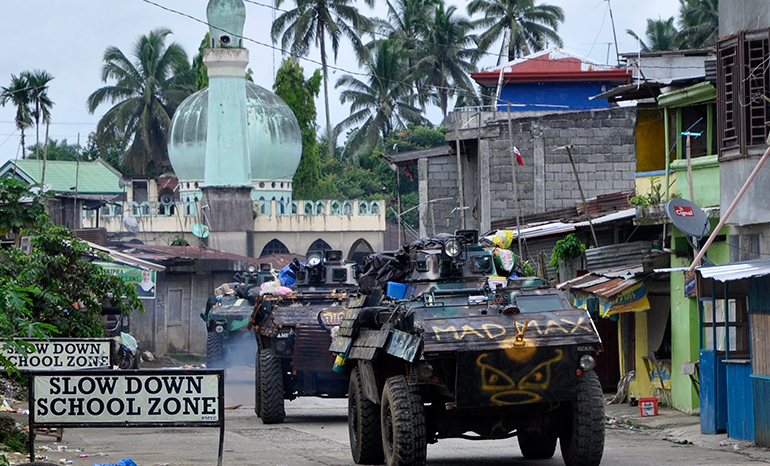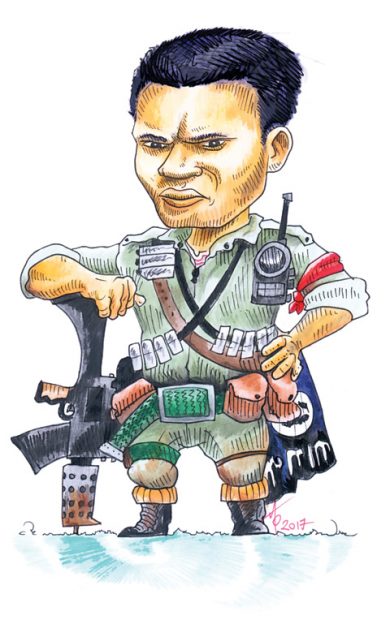Infamous for his love of beheadings, Abu Sayyaf cell leader Furuji Indama may be taking charge of Southeast Asia’s Isis-aligned terror groups

Who is he?
A high-ranking cell leader in the Abu Sayyaf terror group, Furuji Indama has earned a reputation for savagery that stands out even among his fellow kidnappers and jihadists. Based in Basilan in the southern Philippine province of Mindanao, Indama was responsible for a fierce shootout with Philippine troops in April last year that killed 18 soldiers. But Indama has often been described as a man more prone to following profit than the Prophet – last July, he is believed to have ordered the beheading of seven loggers apparently responsible for cutting down a rubber plantation under his control.
Why is he in the news?
With the Isis-aligned coalition that laid siege to Marawi City routed and much of its leadership gunned down by the Philippine armed forces, Furuji Indama’s name has been floated as a contender for the role of Isis emir in Southeast Asia. Formerly held by long-standing Abu Sayyaf leader Isnilon Hapilon – who was killed alongside the Maute Group’s Omarkhayyam Maute by government snipers – the title would effectively make Indama the leader of Isis’ self-proclaimed vanguard in the region, though Philippine police argue that Amin Baco, a jihadist the military claims to have killed, is also a contender.
How important were Hapilon and Maute to the movement?
Very important, according to S. Rajaratnam School of International Studies research fellow Joseph Franco. “Hapilon had the charisma and the combat experience as Basilan Abu Sayyaf Group head for the past decade or so,” he told Southeast Asia Globe. “The Mautes had the money and the networks in Lanao del Sur
[a province in Mindanao].”

What kind of leader would Indama be?
If an anonymous security source quoted by Channel NewsAsia is to be believed, the plan was never for Indama to rule alone. Instead, he would have relied on the Malaysian Mahmud Ahmad – now deceased – to raise funding, bring in foreign fighters and basically be the brains of the operation while Indama kept the local factions onside. “Indama is very much rooted in Basilan [an island province in Mindanao],” Franco said. “He is more into kidnapping – not really an ideologue. Why leave when he can continue with his profit-making?”
So where does this leave Abu Sayyaf?
“The other groups who claim to have Isis links will probably revert to what they did before Isis – small guerrilla-style attacks in rural areas,” Franco said. “The bigger issue is that Manila has not really addressed the socio-economic roots of conflict. If tomorrow all jihadists suffer a stroke and die, Mindanao will still be a mess. Killing jihadists does not solve small arms proliferation, severe inequality, warlord politics and poor governance in Mindanao.”
This article was published in the December edition of Southeast Asia Globe magazine. For full access, subscribe here.

